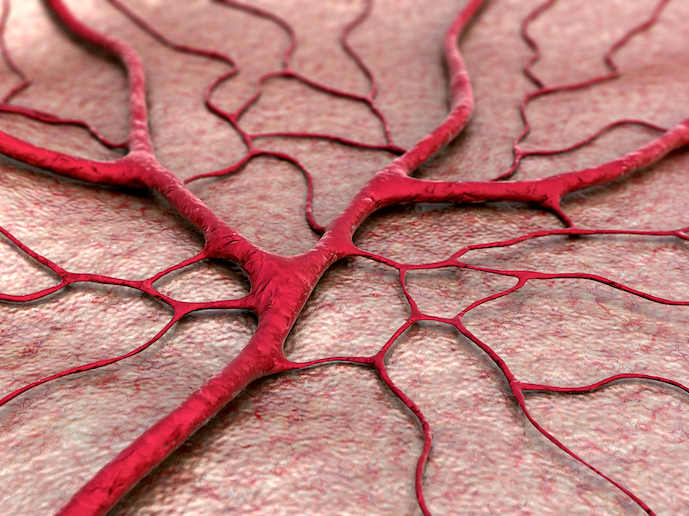Malarial agents must not gain access to the liver
The 'The role of hepatic type cell polarity during Plasmodium liver stage infection' (Polarityandinfection) project aimed to provide a better understanding of how the body contributes to the growth and development of Plasmodium parasites after they enter the liver. Insights offered by this study into the basic biology of the Plasmodium parasite, the causative agent of malaria, are expected to enable development of new strategies for protection from malaria, its treatment and perhaps even its eradication. When bitten by an anopheline mosquito, Plasmodium sporozoites enter the blood stream and rapidly progress to the liver. As infection is without symptoms at the liver stage, this is believed to represent an ideal point for anti-malarial intervention. But sporozoites continue through to the liver, going on to invade hepatocytes. Hepatocytes act as blood detoxification centres and are of major importance in metabolic events. The Polarityandinfection project noted that the organisation of their highly polarised epithelial cells plays a central role in the routes taken by proteins as they move to and from the plasma membrane of the cell, through which sporozoites originally enter. Once inside, the sporozoites stabilise and begin to grow and divide. Now termed merozoites, thousands can form in just two days and then be released into the bloodstream where they invade red blood cells. At this point, malarial infection enters the symptomatic or clinical phase. The study reported that sporozoites can invade any cell type, but they have only been found to generate infectious merozoites in the environment provided by hepatocytes. Uncovering factors contributing to this will provide important knowledge about critical processes involved in Plasmodium growth and development.







